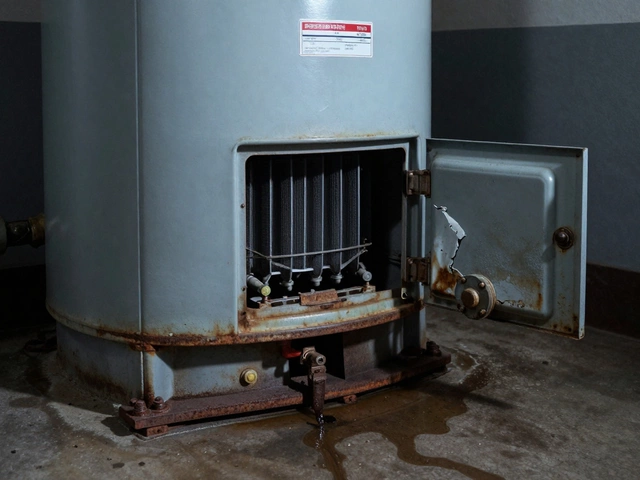Corrosion Protection: Simple Steps to Keep Your Appliances Working
Ever opened your fridge and seen a rusty spot on the door seal? Or noticed white flakes inside your washing machine drum? That’s corrosion talking, and it can cut the life of any appliance in half. The good news? You don’t need a lab or a pricey service contract to fight it. A few everyday habits can keep rust at bay and save you cash.
Common Spots Where Corrosion Hits
Most home appliances have at least one part that lives in a damp environment. Refrigerators and freezers have water‑filled door gaskets, dishwashers run hot water all day, and washing machines hold moisture in the drum and hoses. Ovens and microwaves may seem dry, but steam from cooking can settle on metal interiors, especially if you use a lot of water‑based sauces.
Another hidden culprit is the vent or exhaust fan. When air can’t escape, moisture builds up behind the fan housing and creates rust on the motor housing or metal fins. Even the back of a dryer can rust if the lint filter isn’t cleaned regularly, because lint traps moisture and heat together.
Everyday Actions to Fight Rust
Start with a quick wipe‑down after each use. A dry cloth on the fridge seal, dishwasher door, and washing machine door will remove excess water before it can settle. For larger appliances, run a short empty cycle on the dishwasher using a cup of white vinegar – the acidity breaks down mineral buildup that feeds rust.
Check and replace seals when they look cracked or hardened. A flexible seal keeps water out; once it hardens, water seeps in and rust forms underneath. You can buy cheap replacement gaskets from any hardware store and install them yourself in under ten minutes.
Keep vents clear. Pull the fan cover off (usually a few screws), vacuum any dust, and wipe the metal blades with a dry rag. If you see any rust spots, sand them lightly with fine‑grade sandpaper and coat with a thin layer of appliance‑safe paint or a rust‑inhibitor spray.
Control the kitchen humidity. A small de‑humidifier or even an open window while cooking can lower the steam that lands on appliances. It also helps the freezer stay dry, which stops the interior walls from developing frost that later melts and leaves rust stains.
Schedule a monthly check. Pick a day each month to look over the visible metal parts of your appliances. Spot‑checking is faster than waiting for a big leak or a broken door to force a call to a technician.
If you do find rust that’s already spreading, don’t panic. Light rust can be removed with a baking‑soda paste (mix with water, apply, let sit for 10 minutes, then scrub). For deeper corrosion, a commercial rust remover followed by a protective coating will often restore the part enough to keep the appliance running.
When the rust has eaten through a critical component – like a fridge compressor housing or a dryer drum – it’s time to call a pro. Trying to fix major structural rust yourself can be unsafe and may void warranties.
Bottom line: a few minutes of wiping, checking seals, and keeping vents clear can stop corrosion before it starts. Your appliances will run smoother, look cleaner, and last longer – all without spending a fortune.
7 November 2024
·
0 Comments
Discovering when your water heater's anode rod is failing can save you from costly repairs. This article delves into recognizing symptoms of a bad anode rod, its role in preventing tank corrosion, and practical tips on checking and replacing it. Learn how timely maintenance extends the life of your appliance and ensures consistent hot water supply. A must-read for homeowners looking to preserve their water heaters efficiently.
Read more


